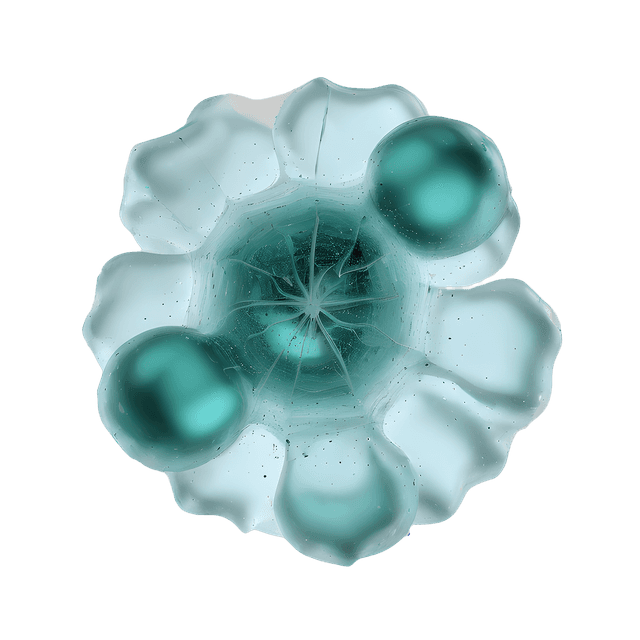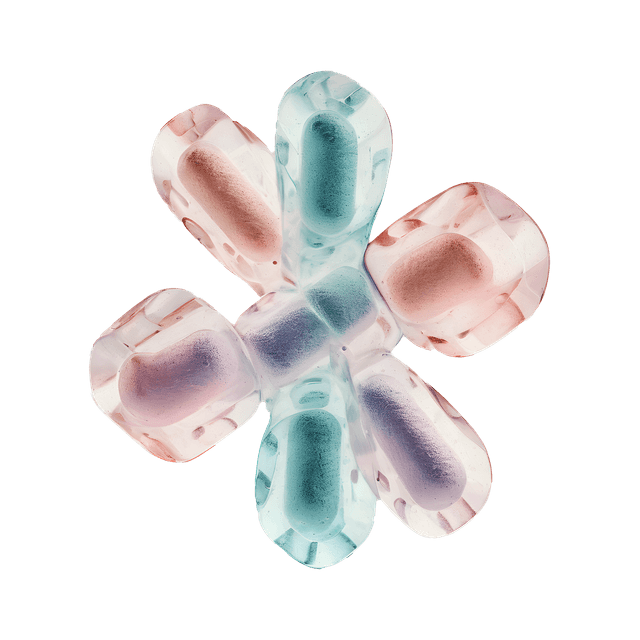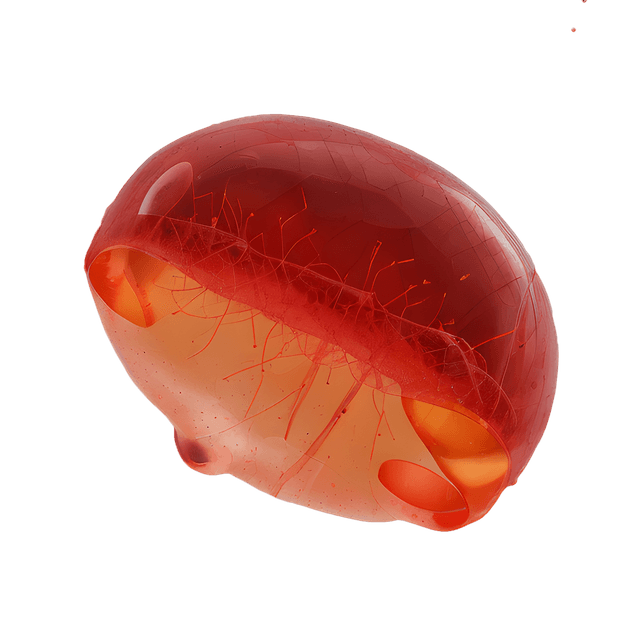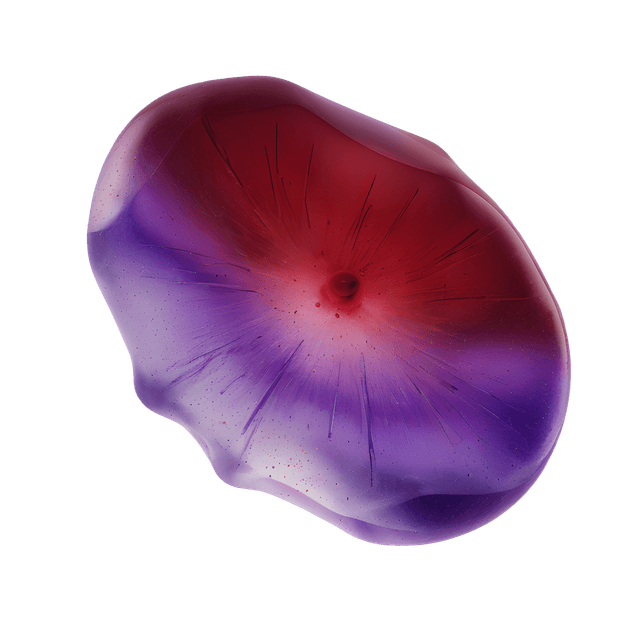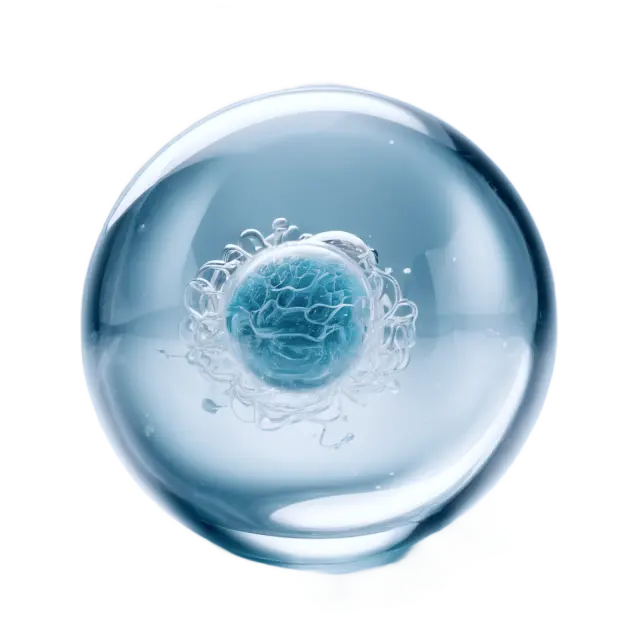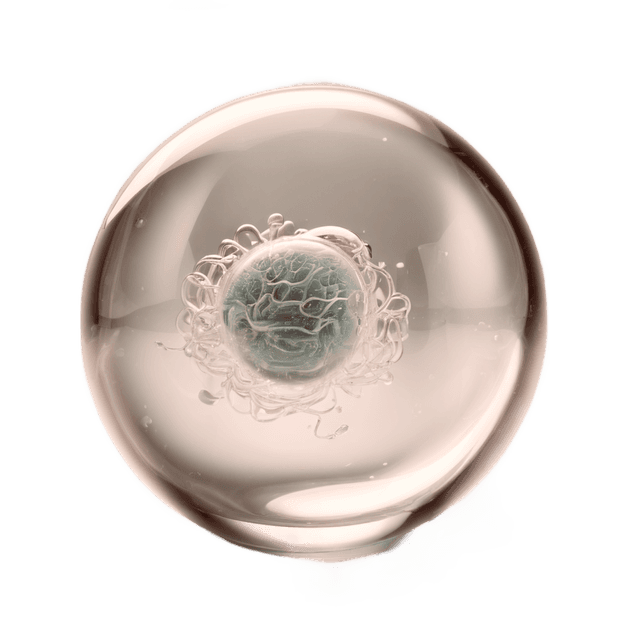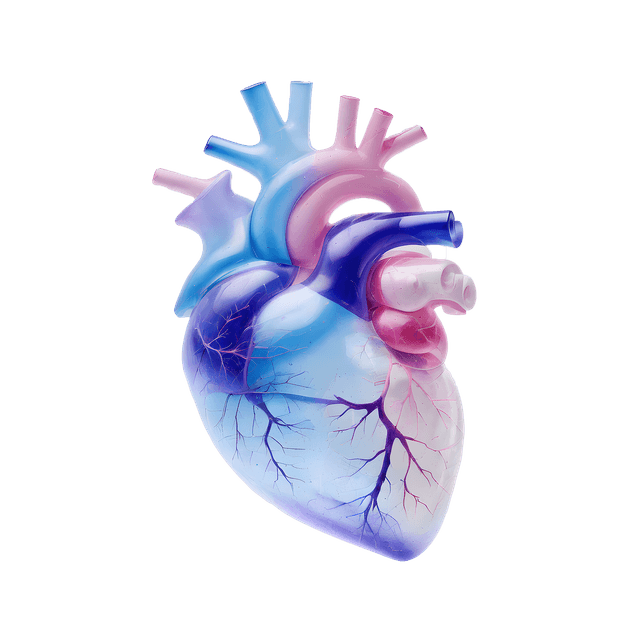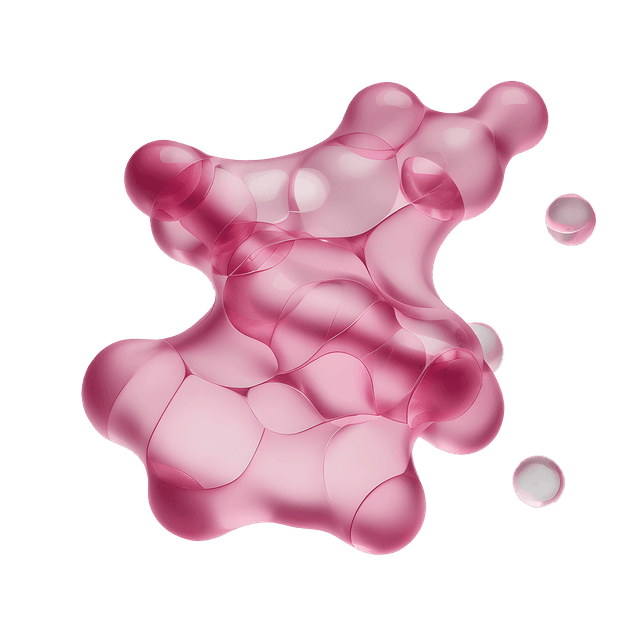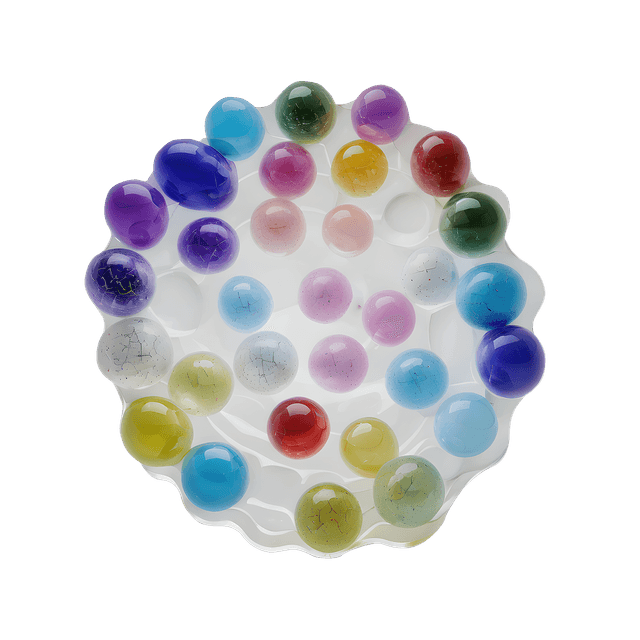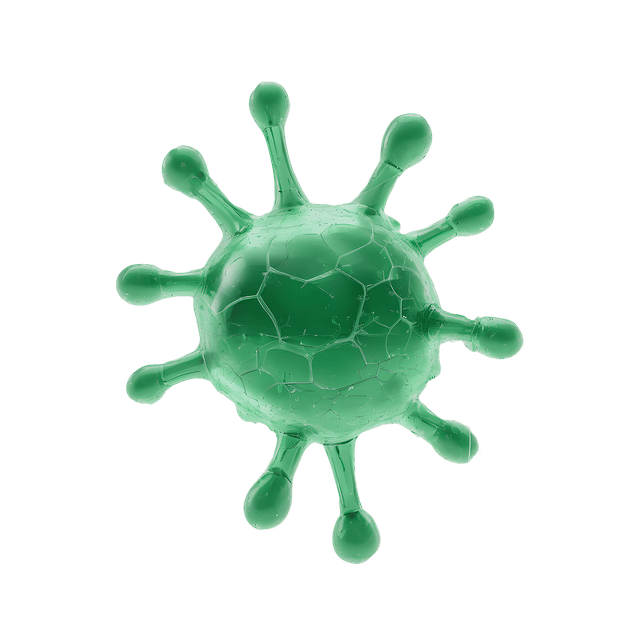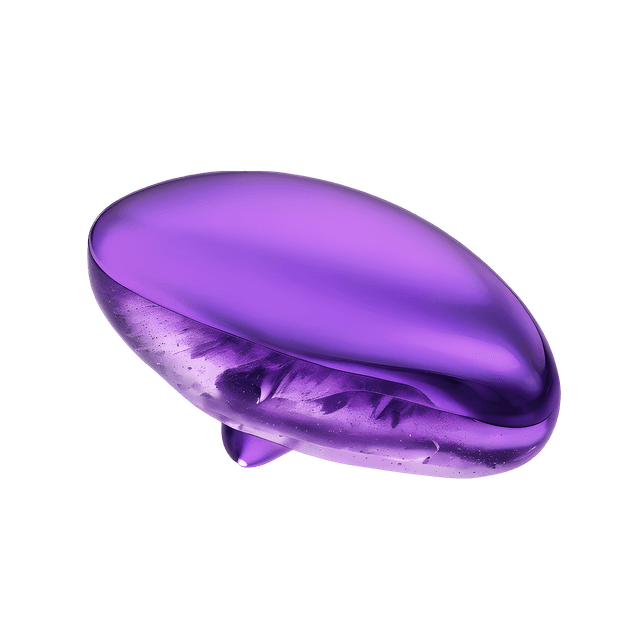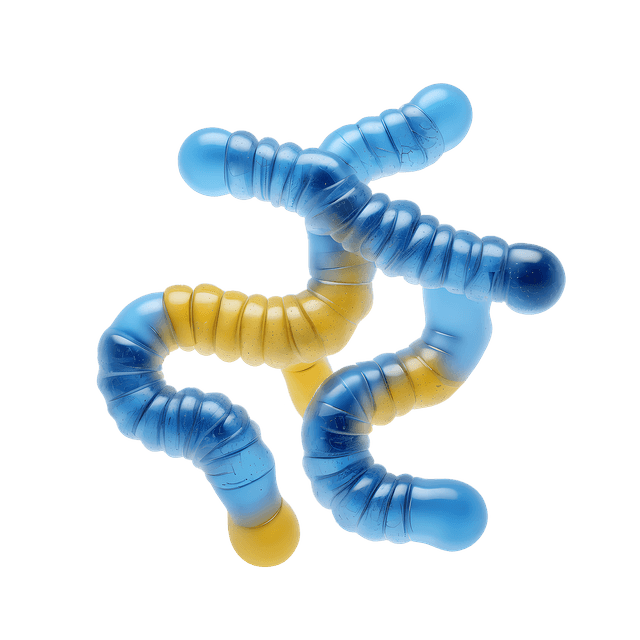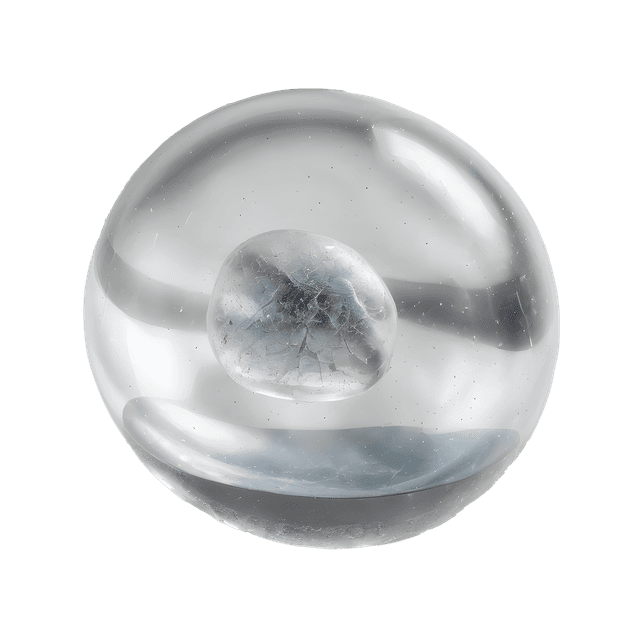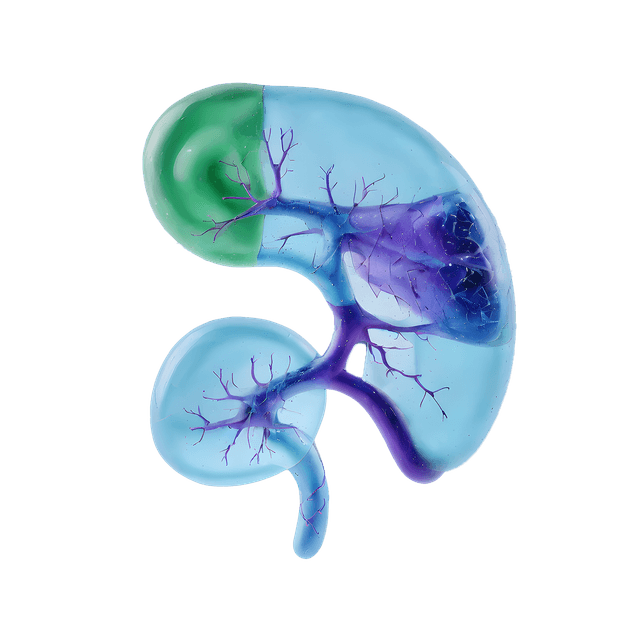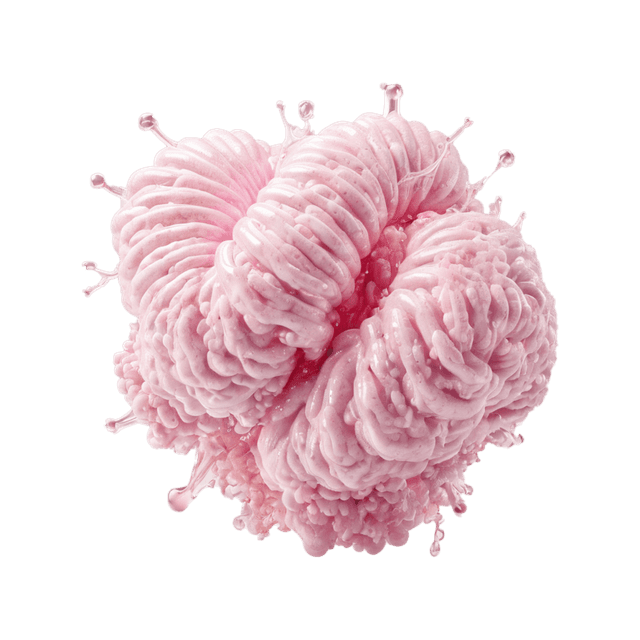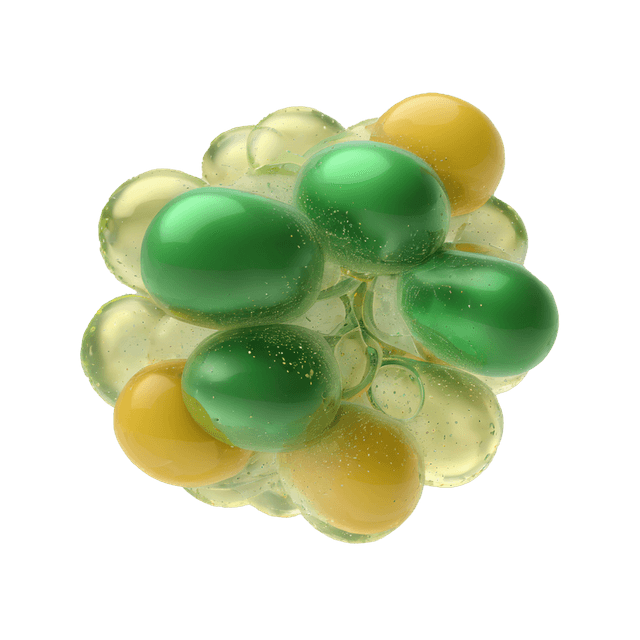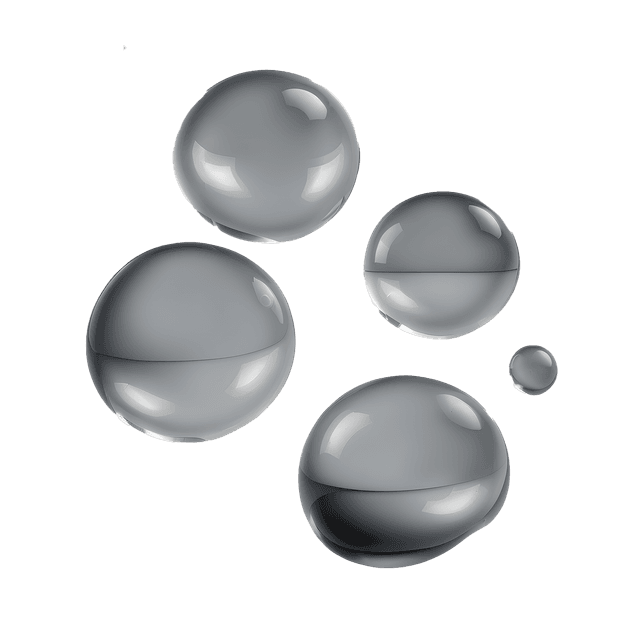What Are Oligofructose and Inulin?
Understanding how our diet affects our health is crucial for making informed choices. Two subjects that have gained significant attention recently are inulin and oligofructose. These prebiotic fibers have been shown to play a significant role in supporting a healthy gut flora, which in turn can have several positive effects on our overall health. Oligofructose and inulin are types of dietary fiber found naturally in many plants. They are known as prebiotics because they nourish the good bacteria in our gut. When these bacteria break down inulin and oligofructose, they produce short-chain fatty acids such as propionic acid and butyric acid, which have several health benefits.
Scientific Evidence
Production of Short-Chain Fatty Acids
A study published in the Journal of Medical Food showed that various types of fibers, including inulin and oligofructose, can be broken down by gut bacteria into short-chain fatty acids such as propionic acid and butyric acid (1). These fatty acids are important for maintaining a healthy gut environment and can also have anti-inflammatory properties.
Safety and Effectiveness
Another study published in Regulatory Toxicology and Pharmacology confirmed the safety of inulin and oligofructose as dietary fibers (2). This makes them a safe choice for daily intake for both adults and children.
Reduced Hunger
A systematic review of randomized controlled trials showed that intake of inulin-type fructans can help reduce hunger in both adults and children (3). This effect is believed to be due to certain bacteria in the colon breaking down oligofructose into substances that reduce levels of the hunger hormone ghrelin (4-6).
Practical Advice
How to Include Inulin and Oligofructose in Your Diet
Natural Sources: Foods like chicory root, Jerusalem artichoke, onions, garlic, and bananas are rich in inulin and oligofructose.
Supplements: There are also many supplements available that contain these prebiotic fibers.
Recipe Ideas: Add chopped onions or garlic to your dishes or use chicory root powder in your smoothies.
Tips for Better Gut Health
Vary Your Diet: A varied diet with different types of fibers can support a diverse gut flora.
Hydration: Drink plenty of water to help the fibers move through your digestive system.
Avoid Overconsumption: Start with small amounts if you are not used to a high fiber intake to avoid digestive discomfort.
Conclusion
Inulin and oligofructose offer many health benefits by supporting a healthy gut flora and reducing hunger. Scientific studies show that these prebiotic fibers are safe and effective. By including them in your daily diet, you can promote better gut health and overall well-being.
References
Pylkas AM, Juneja LR, Slavin JL. Comparison of different fibers for in vitro production of short chain fatty acids by intestinal microflora. J Med Food. 2005 Spring;8(1):113-6.
Carabin IG, Flamm WG. Evaluation of safety of inulin and oligofructose as dietary fiber. Regul Toxicol Pharmacol. 1999 Dec;30(3):268-82.
Liber A. Szajewska H. Effects of Inulin-Type Fructans on Appetite, Energy Intake, and Body Weight in Children and Adults: Systematic Review of Randomized Controlled Trials. Ann Nutr Metab 2013;63:42-54.
Jill A Parnell and Raylene A Reimer. Weight loss during oligofructose supplementation is associated with decreased ghrelin and increased peptide YY in overweight and obese adults. Am J Clin Nutr. 2009 Jun; 89(6): 1751–1759.
Cani PD, Neyrinck AM, Maton N, Delzenne NM. Oligofructose promotes satiety in rats fed a high-fat diet: involvement of glucagon-like peptide-1. Obes Res 2005;13:1000–1007.
Cani PD, Dewever C, Delzenne NM. Inulin-type fructans modulate gastrointestinal peptides involved in appetite regulation (glucagon-like peptide-1 and ghrelin) in rats. Br J Nutr 2004;92:521–526.



